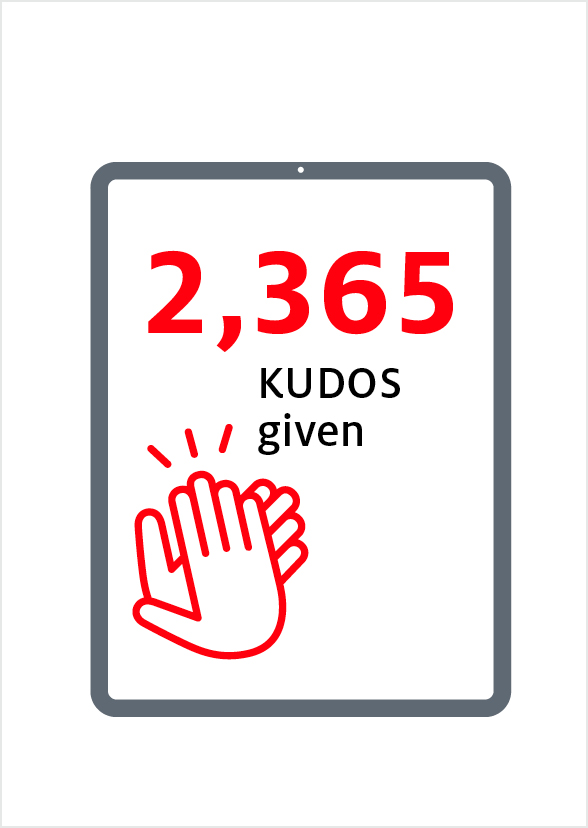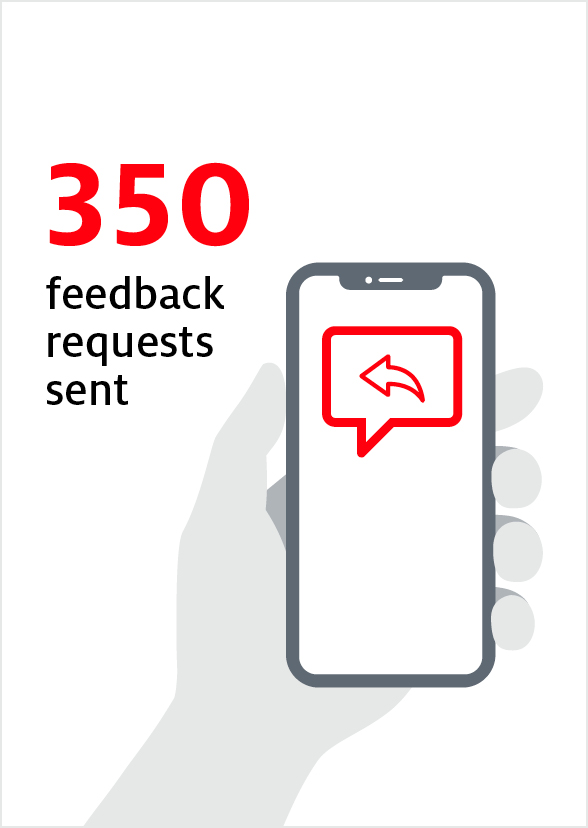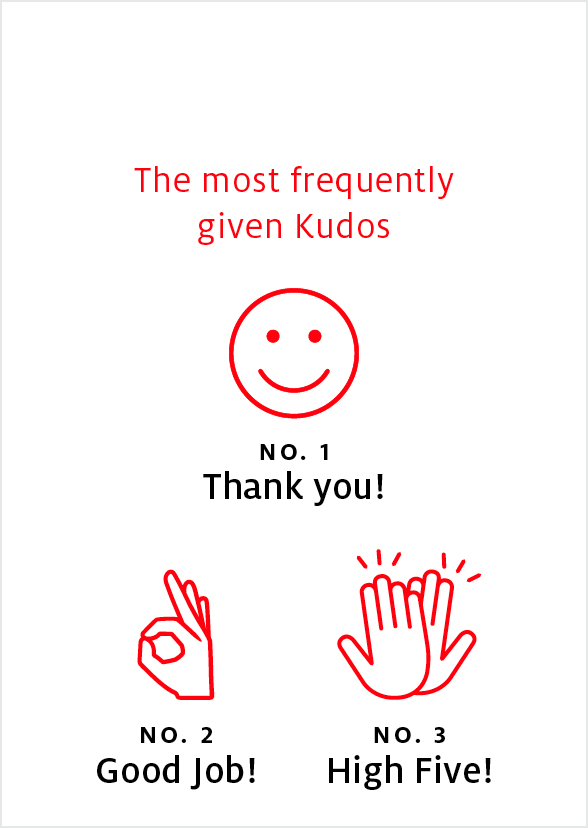A good feedback and error reporting culture is also crucial for corporate success. Fostering a culture in which mistakes can be admitted and openly addressed creates opportunities to learn from those mistakes and do better next time. And regularly praising employees makes them feel validated in their performance and appreciated. Praise provides the motivation to push beyond your boundaries. A feedback culture that allows for errors and provides a forum for appreciation helps to create a better working atmosphere – and also keeps companies innovative. It is therefore important to regularly carve out time and space for constructive feedback as part of our day-to-day work. This could take the form of regular meetings or be project specific, but it should always be tackled as promptly and directly as possible.
An open feedback and error culture helps to adopt a new perspective, identify your own strengths and weaknesses, and better reflect on mistakes – and can be a decisive factor for personal and professional development.
Digital feedback tool: Providing praise with just a few clicks and virtual cards
At Henkel, feedback is provided all year round. The company uses a digital feedback tool to supplement evaluations, allowing employees to receive appreciation and direct feedback from both colleagues and managers, at any time. This is how the feedback tool works: With just a click, employees can select a colleague to whom they wish to send a feedback request. The person selected will then receive an email requesting a response, with the opportunity to note down some thoughts on what went particularly well. This appreciation takes the form of virtual kudos cards labelled “Great Job!,” “Congratulations,” or “Thank You,” which are then displayed on the feedback page of the person making the request.

















